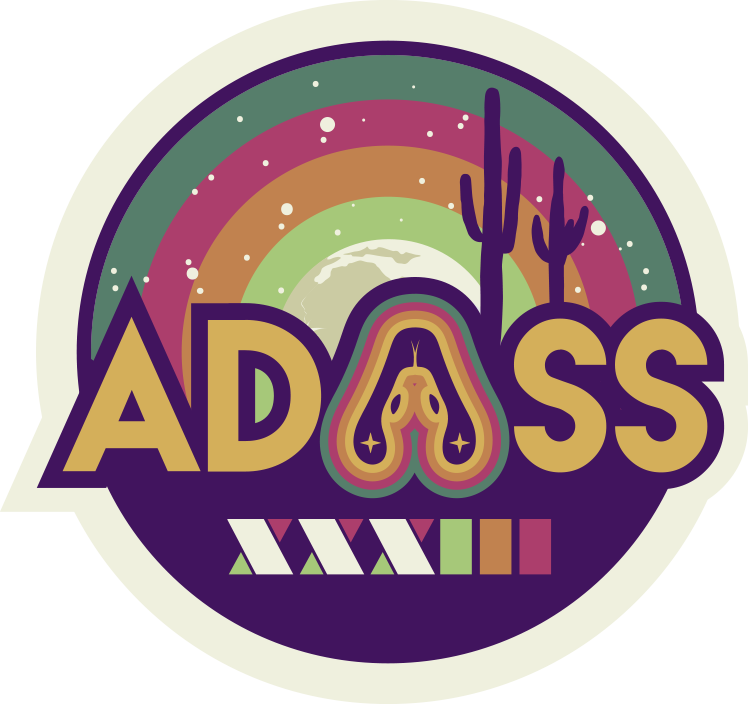ADASS posters are displayed all week
When
Theme: AI in Astronomy
Accurately quantifying the impact of radiation feedback in star formation is challenging. To address this complex problem, we employ deep learning techniques, denoising diffusion probabilistic models (DDPMs), to predict the interstellar radiation field (ISRF) strength based on three-band dust emission at 4.5 \um, 24 \um, and 250 \um. We adopt magnetohydrodynamic simulations from the STARFORGE (STAR FORmation in Gaseous Environments) project that model star formation and giant molecular cloud (GMC) evolution. We generate synthetic dust emission maps matching observed spectral energy distributions in the Monoceros R2 (MonR2) GMC. We train DDPMs to estimate the ISRF using synthetic three-band dust emission. The dispersion between the predictions and true values is within a factor of 0.1 for the test set. We extended our assessment of the diffusion model to include new simulations with varying physical parameters. While there is a consistent offset observed in these out-of-distribution simulations, the model effectively constrains the relative intensity to within a factor of 2. Meanwhile, our analysis reveals weak correlation between the ISRF solely derived from dust temperature and the actual ISRF. We apply our trained model to predict the ISRF in MonR2, revealing a correspondence between intense ISRF, bright sources, and high dust emission, confirming the model's ability to capture ISRF variations. Our model robustly predicts radiation feedback distribution, even in complex, poorly constrained ISRF environments like those influenced by nearby star clusters. However, precise ISRF predictions require an accurate training dataset mirroring the target molecular cloud's unique physical conditions.



